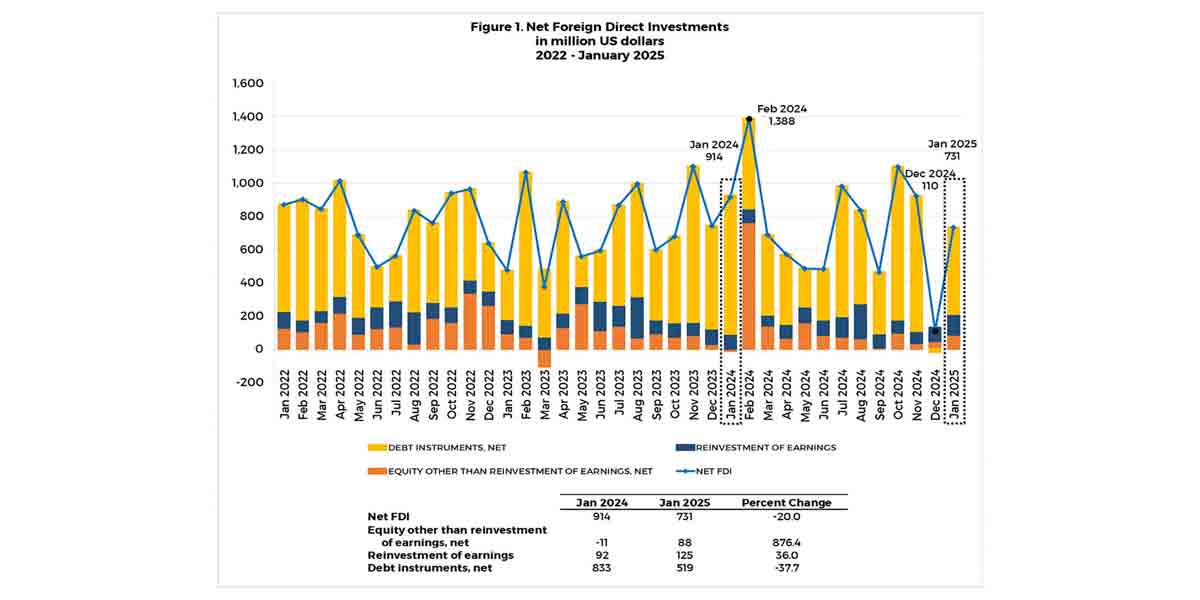 By Art Jimenez
By Art Jimenez
Here is a classic foundation for an MBA case study: how could a seemingly simple pneumonia virus bring the world’s health and economy down to their knees in just the first quarter of this year? What illness is that has infected close to 700,000 persons and killed over 30,000 individuals in 200 countries and territories just from January 9 to right before April Fool’s Day 2020?
And what is this virus, that as if by a sweep of a magic wand, shutters the otherwise welcoming doors of international airports, seaports, roads, highways, expressways, railways, state boundaries as well as the vertical and horizontal industries that service these global gateways.
How vicious and virulent is this illness that constrain heads of states to close down practically all kinds of businesses – save for the essential food and drugs, and a few others – and order all their constituents to stay home to let the plague pass, and “flatten the curve.”
Sports, entertainment events, and places likewise have no choice but to postpone, defer, cancel their money-making ventures. These are but a few of them: The 2020 Summer Olympics, The PBA, the NBA, the NFL, the PGA, live TV shows, cinemas, concerts, and tours.
Genesis
On December 31, 2019, Chinese officials notified the World Health Organization (WHO) about dozens of pneumonia-like cases in Wuhan, China. The next day, The U.S. Centers for Disease Control and Prevention (CDC) identified a seafood market in Wuhan as the center of the outbreak. That market is known as the Huanan Seafood Market located at Wuhan, Hubei, China. It is a wet market for meat, poultry, seafood, and exotic live or butchered animals, suspected of being virus carriers, like probably bats and snakes.
On January 7, China reported on the first casualty of the SARS-like coronavirus, which has remained unidentified and for which cure is obviously unknown. It was only on February 11 that the WHO has officially named the virus COVID-19 to stand for “coronavirus disease discovered in 2019.”
On the other hand, the virus that carries COVID-19 is officially called “severe acute respiratory syndrome coronavirus 2 or (SARS-CoV-2).
Recall. SARS stands for Severe Acute Respiratory Syndrome. It is a coronavirus (SARS-CoV) supposedly from animals like bats and some felines. It started in Guangdong, China in 2002 and by the following year has spread to more than 26 countries infecting over 8,000 persons. Its symptoms are similar to the present new or novel COVID-19: flu-like fever, headache, diarrhea, cough, and shortness of breath.
Global Reach
COVID-19 became an export product – pardon the irreverent term – when the first case outside China was confirmed in Thailand on January 13, 2020. The patient arrived from Wuhan. The woman’s nationality was kept private. On the same day, Japan did a ditto; the patient was someone who visited Wuhan.
On January 22, the first COVID-19 case in the U.S. was reported.
On January 30, the Philippines and India announced they each had their first COVID-19 patient. On the same day, the WHO declared COVID-19 a global emergency.
The following day, COVID-19 reached Russia, Spain, Sweden, and the UK.
COVID-19, made in China, has defied lockdowns at international gateways and became a global scare, er, phenomenon.
-To be Continued-




















